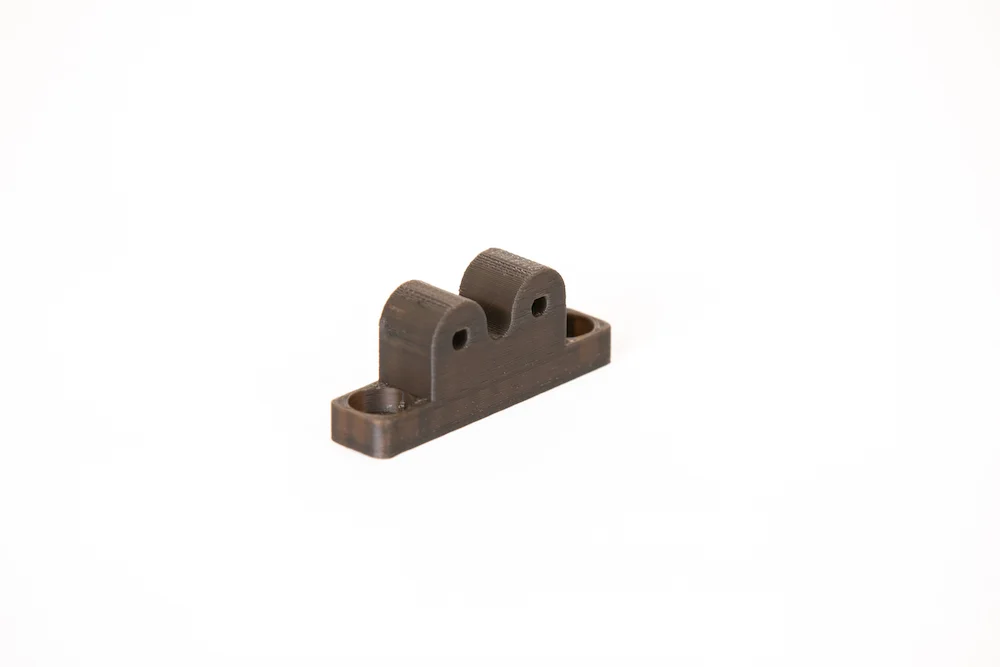Sacrificial tooling materials like Sacrificial Tooling ST-130 are used primarily in 3D printing for the production of tooling that is used temporarily during manufacturing processes. The primary purpose of sacrificial tooling is to create complex, temporary structures that can be easily removed or dissolved, leaving behind a void or cavity. Here are some common applications for Sacrificial Tooling ST-130 and similar materials:
Composite Manufacturing: Sacrificial tooling is widely used in composite manufacturing processes, such as resin transfer molding (RTM) and autoclave curing. These materials are used to create molds, cores, and mandrels that form the shape of composite parts. Once the composite material is cured, the sacrificial tooling is dissolved or removed, leaving behind the composite part.
Aerospace Components: Sacrificial tooling is used in the aerospace industry to manufacture composite parts for aircraft, spacecraft, and other applications. This includes components like wing sections, fuselage sections, and interior panels.
Marine Industry: Composite materials are commonly used in boat and ship manufacturing. Sacrificial tooling is used to create molds for producing complex, lightweight, and durable marine components like hulls, decks, and bulkheads.
Wind Energy: Sacrificial tooling is employed in the production of composite wind turbine blades. The tooling helps create the precise shape of the blades, which are then cured and finished.
Automotive Parts: Some automotive components, especially those requiring lightweight and high-strength materials, are manufactured using sacrificial tooling. This includes parts like carbon fiber-reinforced panels and structural components.
Sports Equipment: Composite materials are used extensively in the sports equipment industry for items like tennis rackets, golf club shafts, and bicycle frames. Sacrificial tooling aids in the production of these lightweight, high-performance components.
Medical Devices: Sacrificial tooling can be used to create molds and cores for manufacturing complex medical devices, such as prosthetic limbs and orthopedic implants, made from composite materials.
Custom Prototyping: Sacrificial tooling can be used to create custom molds and cores for prototyping and small-batch production of composite parts. This is valuable for product development and testing.
Architectural Components: In architectural applications, sacrificial tooling can be used to create molds for producing complex and decorative architectural elements made from composite materials.
Educational and Research: Sacrificial tooling materials are used in educational institutions and research facilities for studying and experimenting with composite manufacturing processes. Sacrificial tooling materials like ST-130 are designed to withstand the manufacturing processes involved in composite production, including high temperatures and pressure. Once their role is fulfilled, they can be dissolved or removed without damaging the final composite part.
These materials are essential for achieving the complex shapes and structures required in modern composite manufacturing.






